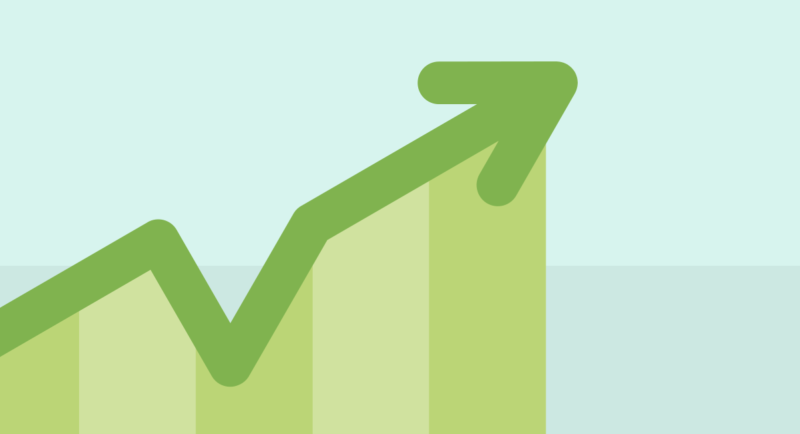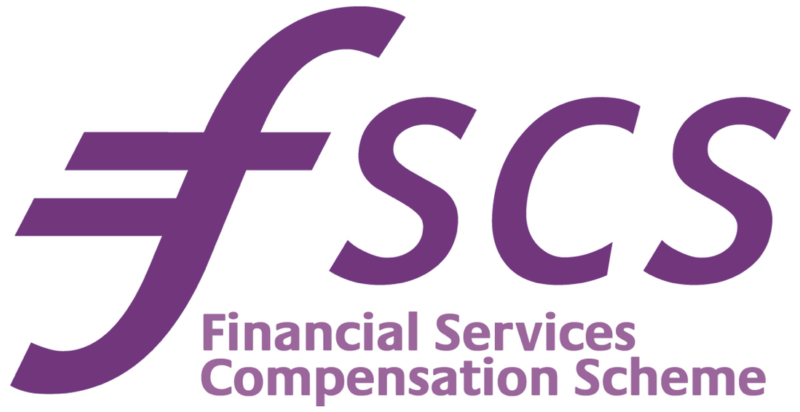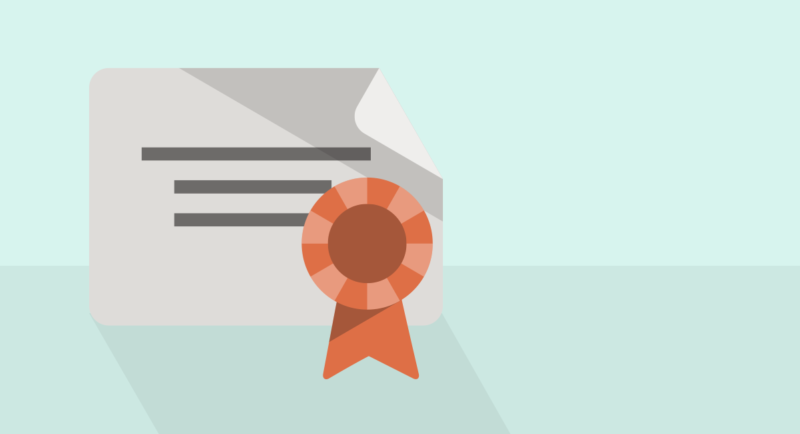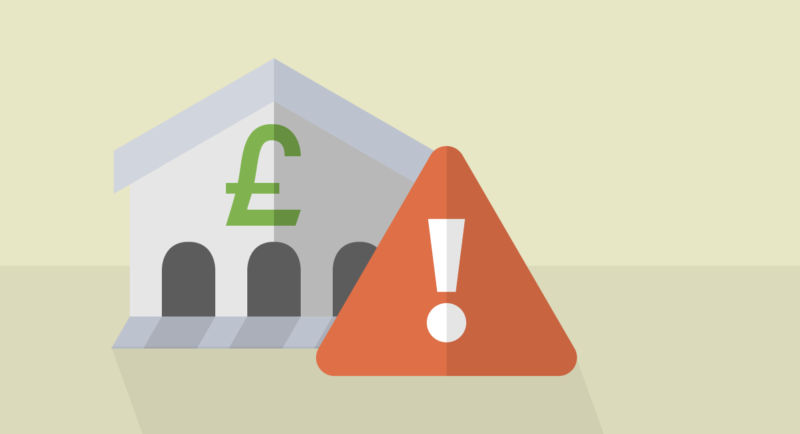A Stocks & Shares ISA allows you to invest tax-efficiently.

Stocks & Shares ISAs are a way of investing in shares. They're good because you'll pay a lot less tax than you might on a normal investment account.
They’re not always tax-free, but they are what's known as 'tax-efficient'.
-
1
How does it work?
Your ISA allowance for the 2023/24 tax year is £20,000. This can be split however you like between the three main types of ISA: Cash ISA, Stocks & Shares ISA and Innovative Finance ISA.
If you don’t use your annual allowance, you lose it. You can't carry it over to the next year.
Online investment ‘platforms’ are often the cheapest way to invest in a Stocks & Shares ISA. Of course if you don’t want to use these, then you don't have to.
Once you have a platform or provider in mind, you will need to pick what you want to invest in.
Your choices will often be between investment ‘funds’. A fund is a pool of money supplied by lots of different investors. A fund manager manages the money and decides where to invest it.
The manager spreads the money across different types of shares and other investment opportunities. This means that you haven’t got all your eggs in one basket.
If you only held one company’s shares and it didn’t perform well, you could lose a lot of money. By holding lots of different shares, you are spreading out the risk of loss.
All investments come with unavoidable risk. There is no guarantee that you will make money from investing. And you cannot be sure that any money you do make will beat inflation.
Also be aware that the platform provider will charge you a fee, and so will the fund managers who run the funds you're investing in. These fees vary widely, so do your research before diving in.
-
2
What does 'tax-efficient' mean?
When you sell shares for more than you bought them, the difference in the price is referred to as your ‘gain’. When you gain money in this way you may have to pay Capital Gains Tax (CGT).
The current annual CGT allowance is £6,000. This is the amount of gain you can make in a year without paying CGT.
Let’s say that you have been investing inside Stocks & Shares ISAs for 50 years. You have bought £150,000 of shares during that time. You sell them all at once for their new value of £170,000. You’ve gained £20,000.
Normally, you’d pay CGT at a rate of 10% or 20% on any gains above £6,000, depending on your income tax band. Since you’re selling shares you held inside an ISA, you get to keep all the money from the sale.
Some investments will also pay out ‘dividends’. This is a sum of money paid to you by a company you invest in. It is not the same thing as the value of your shares with that company rising.
Each tax year, everyone has a £1,000 tax-free dividend allowance. Any dividends which are over this allowance are subject to tax. The rate of tax which you are charged depends on your income tax band: 8.75% for basic rate taxpayers, 33.75% for higher-rate taxpayers and 39.35% for additional rate taxpayers.
Dividend income earned in a Stocks and Shares ISA is free from UK tax and does not count towards this allowance. This means you will save tax if your ISA dividends are over £1,000.
-
3
‘Drip-feeding’ your investment
If you decide to invest, it’s not the best decision to place a large lump sum in all at once. You might time the market right and enjoy large returns. But you could also see the value of your investment plummet.
'Drip-feeding' is when you deposit smaller amounts at regular intervals.
If your first deposit drops in value during the first month, this drop hasn’t affected all your money.
Unfortunately, in this example, the value of your investment has dropped. But in the second month, you’ll actually buy more shares for the same amount of money, as they cost less.
Stocks go up and down all the time. You can’t expect overnight returns. You should be looking at investing for five years (and ideally more).
It’s this length of period that is able to deliver real results – but remember, there are no guarantees.
If you're not willing to take risks, take a look at Cash ISAs or regular savings accounts instead.
-
4
Is my money safe?
Up to £85,000 of your money is protected by the Financial Services Protection Scheme. This means that if your provider collapses, the scheme will compensate you for the money you lost.
The scheme does not apply to any losses you make on your investments. Investing always comes with risk and this type of account may not be suitable for everyone. Seek independent financial advice if you don’t know whether it’s for you or not.
-
5
Can I save in cash instead?
If you don’t feel comfortable investing in stocks and shares, there is another type of ISA called a Cash ISA.
These let you save money in an account that pays tax-free interest. There’s less risk with Cash ISAs than Stocks and Shares ISAs, but also less potential for reward.
You can split your £20,000 ISA allowance between a Stocks & Shares ISA, a Cash ISA or an Innovative Finance ISA in any way you like.



